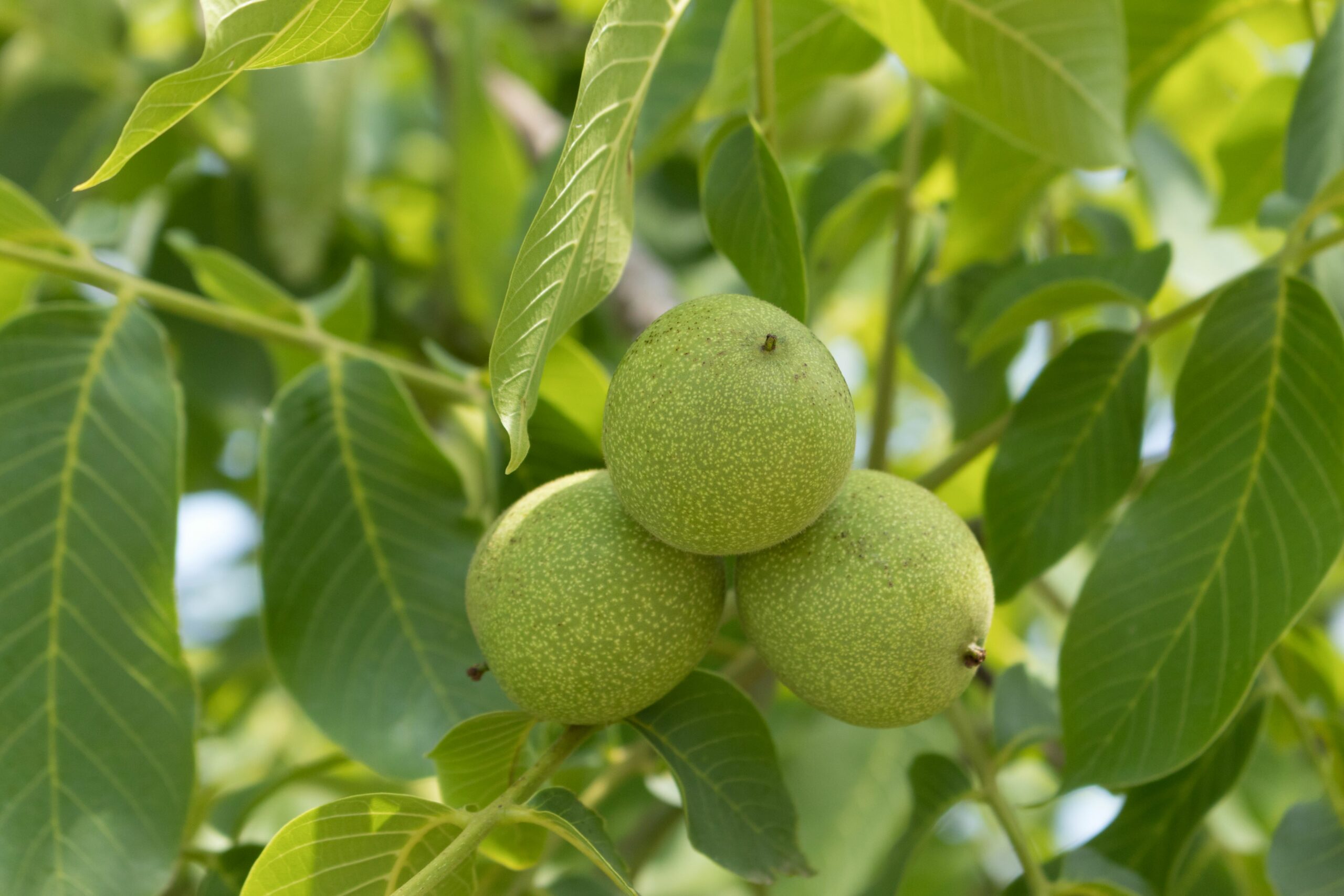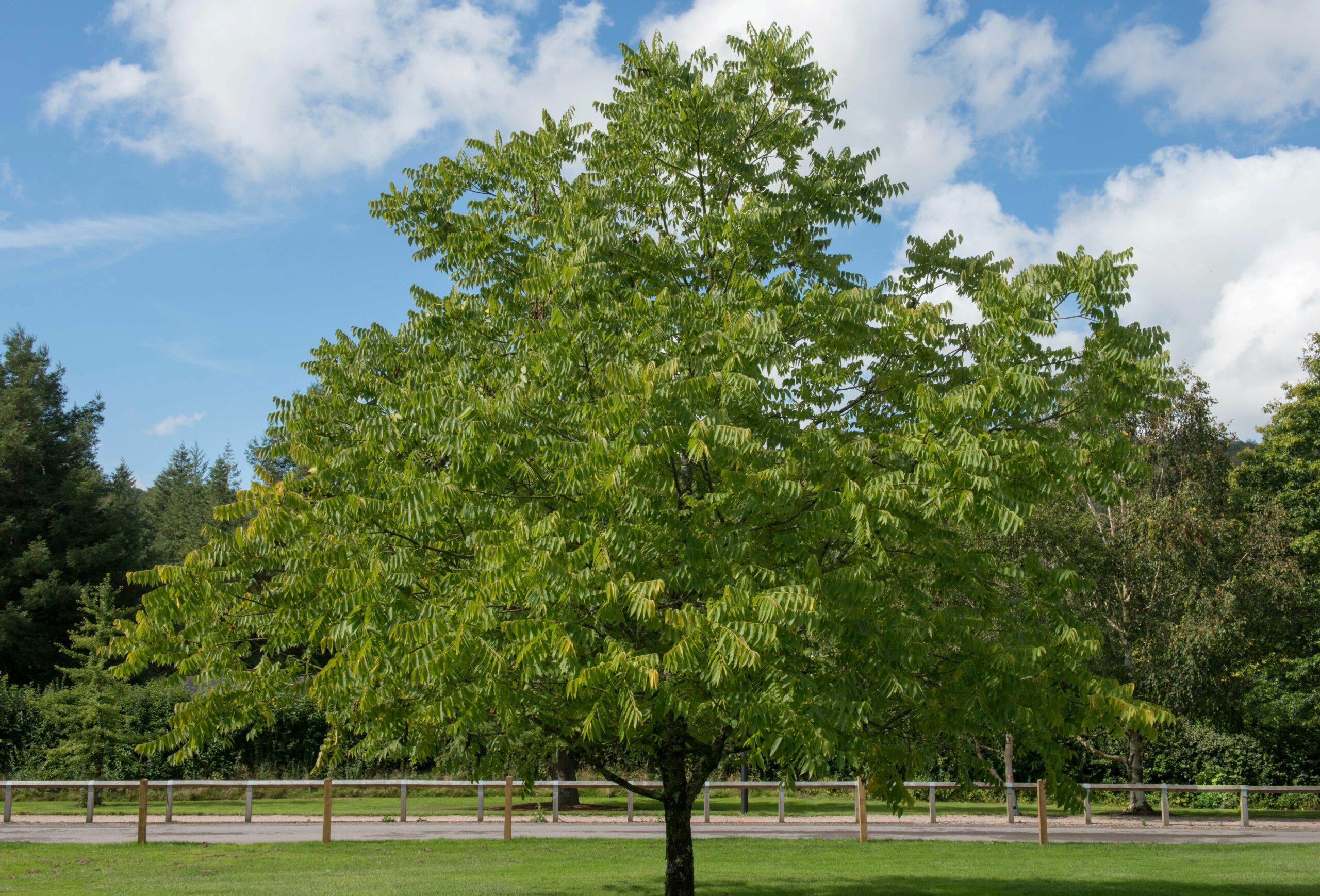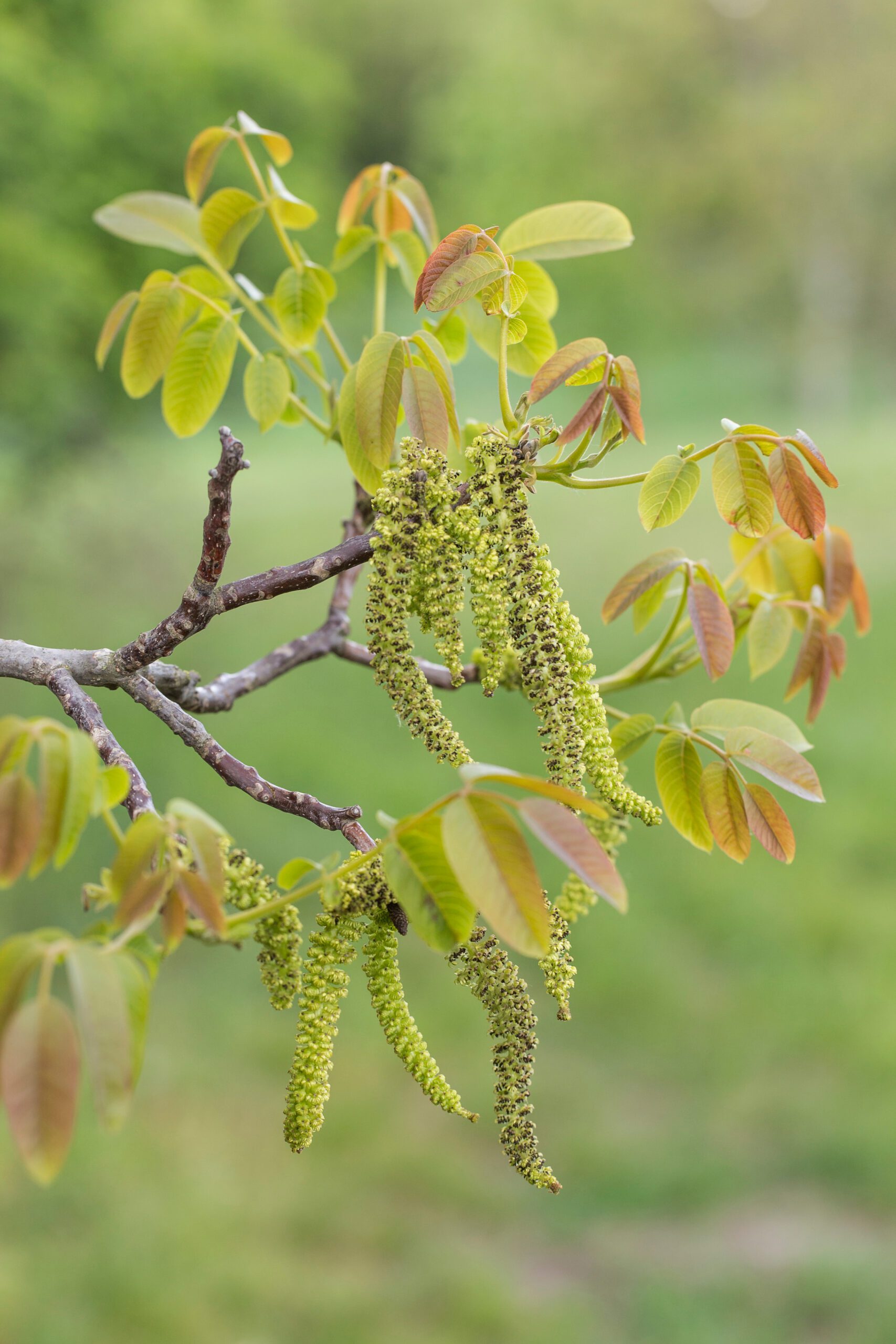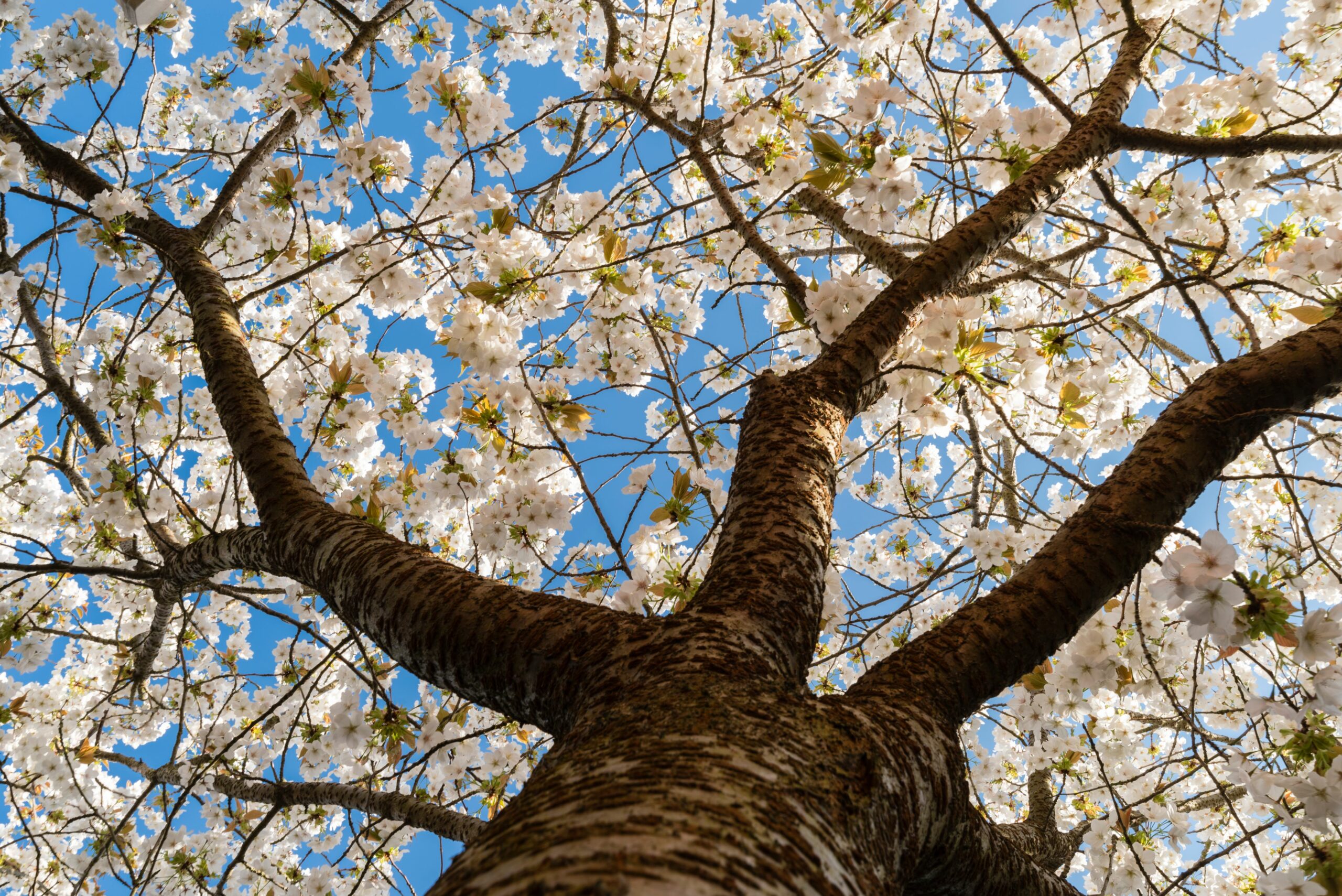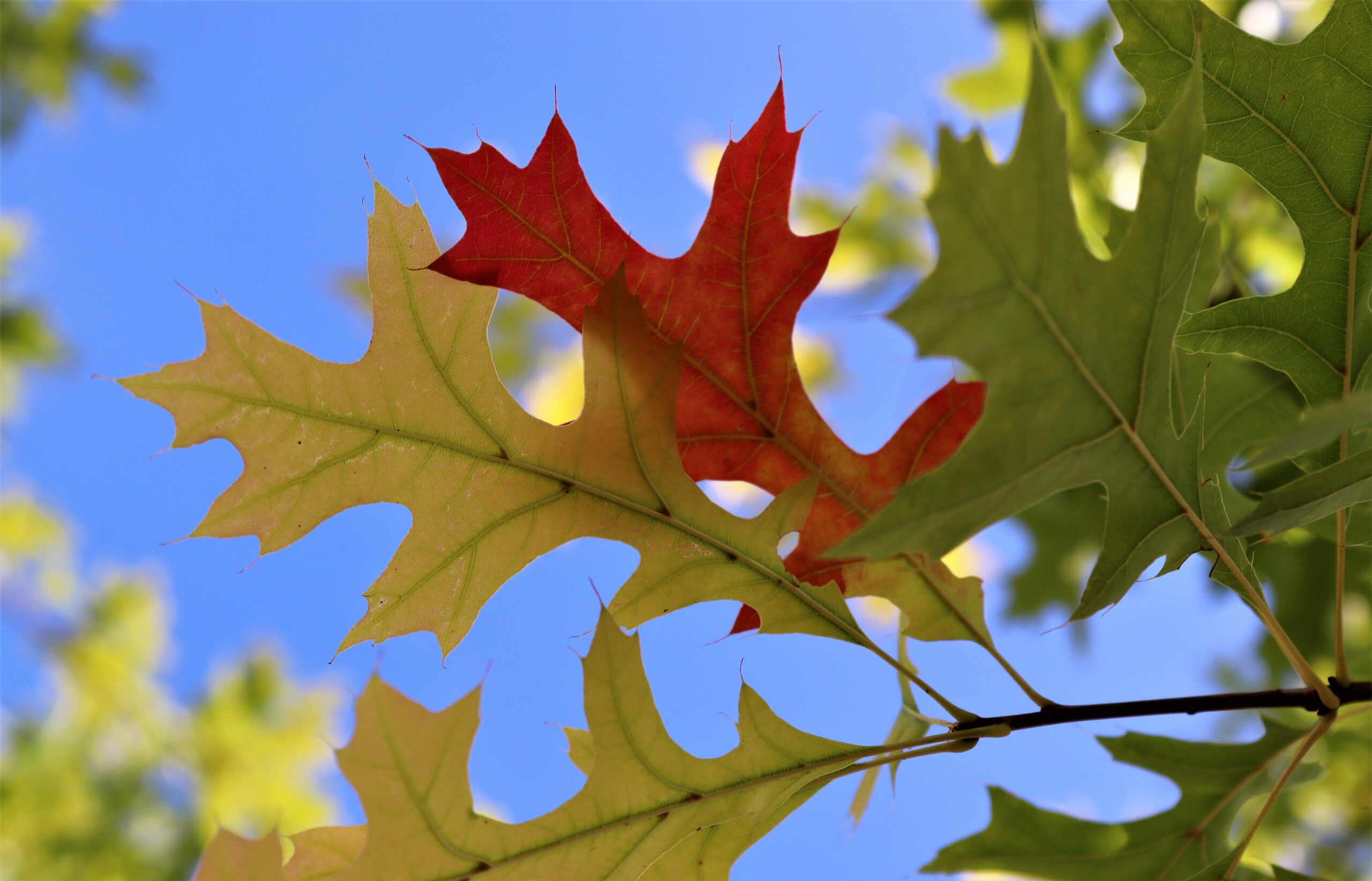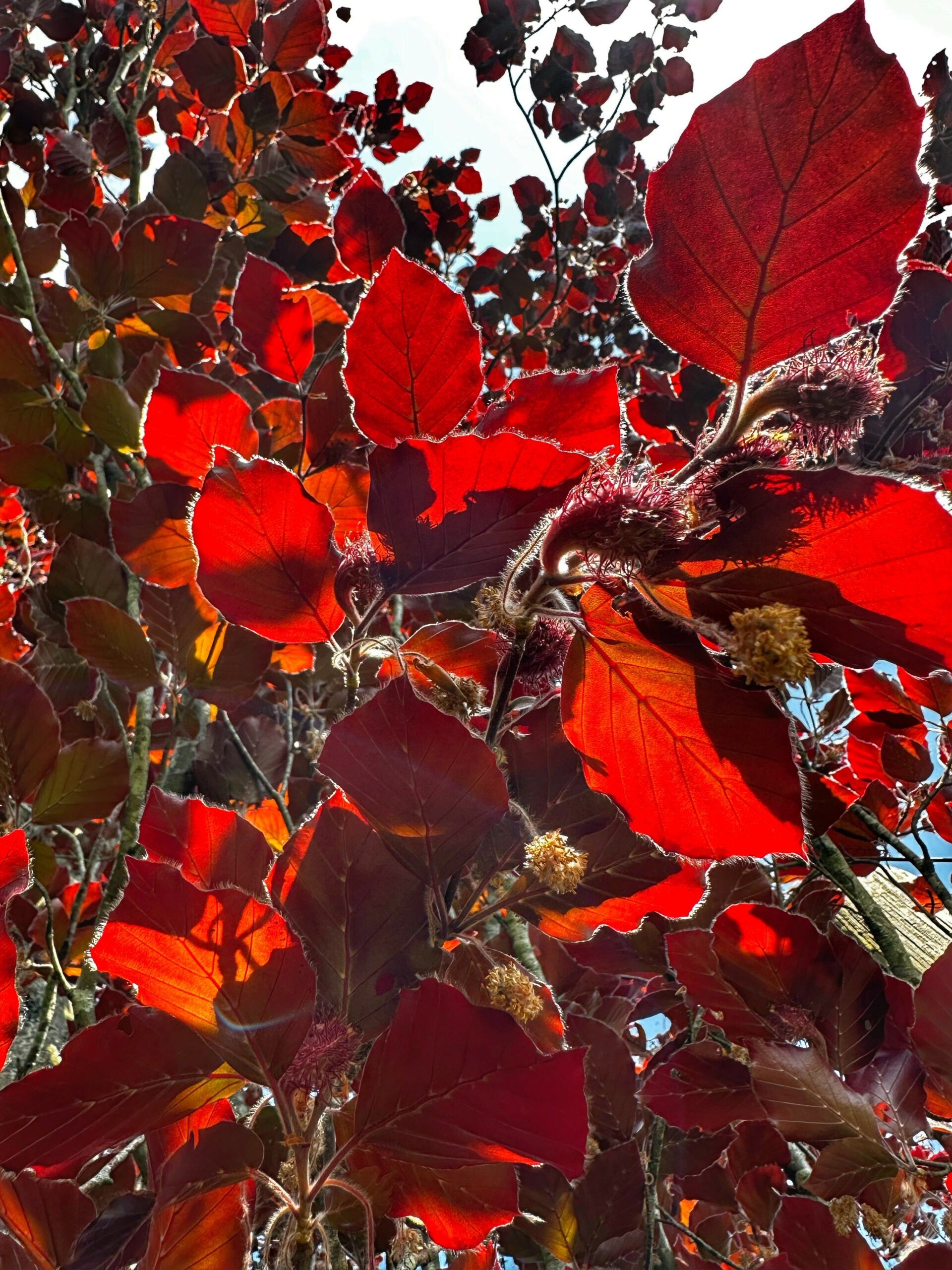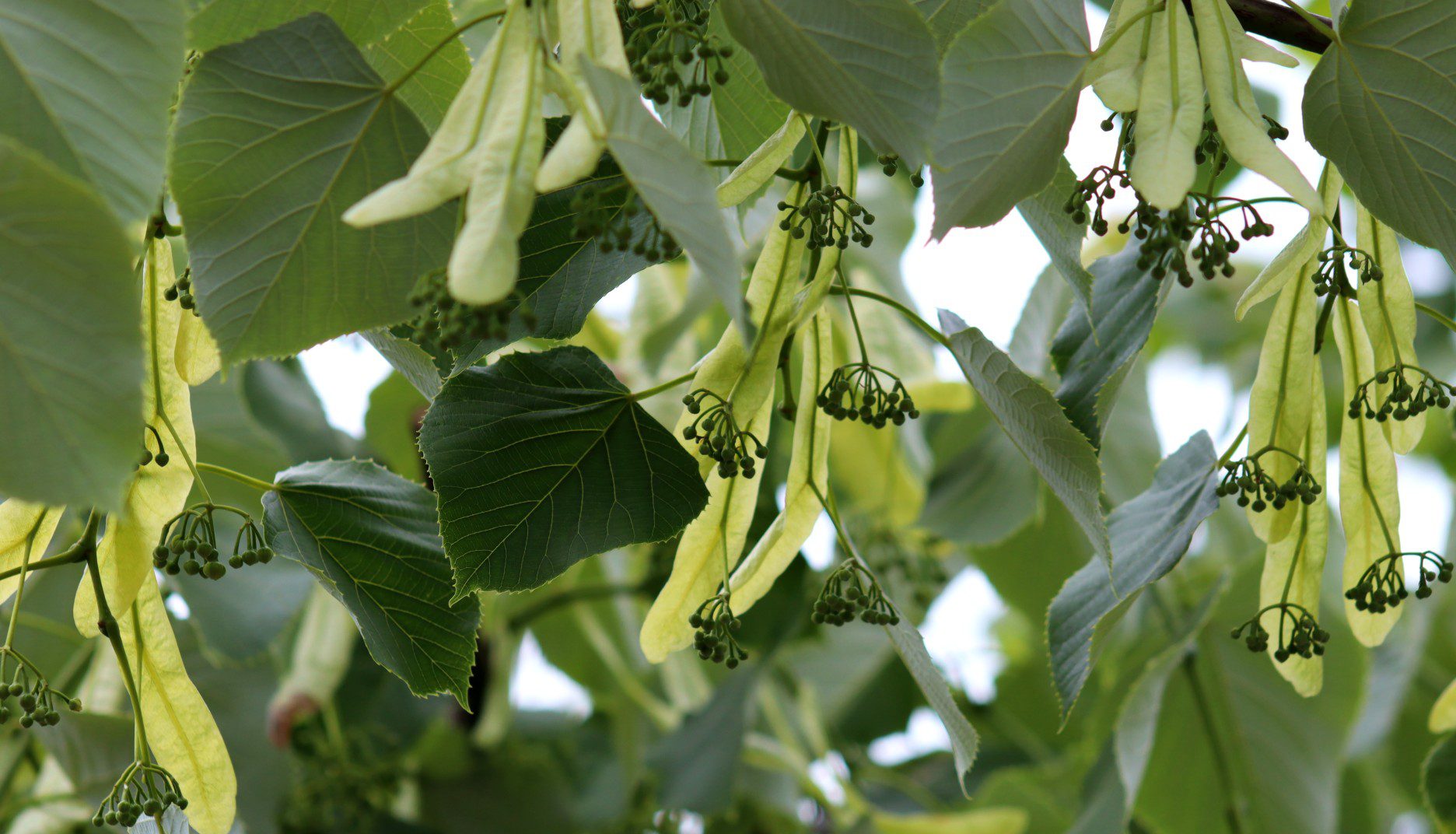Tree Information
Specialities
Tolerances
Wet Soil: Medium
Dry Soil: Medium
Lime: High
Juglans regia, also known as the Common Walnut, is a deciduous tree revered for its edible nuts and ornamental value. Originating from the regions stretching from South Eastern Europe to the Himalayas, this tree has been cultivated for centuries for both is timber and its favourable, nutritious walnuts.
Mature specimens of Juglans regia can reach impressive heights, often with a broad canopy that provides ample shade. Its bark is smooth and grey when young, gradually developing furrows and ridges as it ages. The trees pinnately compound leaves, compromised of 5-9 leaflets, offer a lush appearance during the season.
One of its standout features is, of course, the walnut itself. A large, round, and corrugated shell encasing the edible nut. These are not only a culinary delicacy, but also a source of beneficial oils and nutrients. Beyond this significance, the Juglans regia timber is prized and very valuable. Its rich, dark hue and durability is often used in fine furniture and woodworking.
In addition to its practical uses, Juglans regia holds aesthetic appeal. Its foliage transitions from fresh green to golden hues in autumn, offering a seasonal spectacle. In landscapes, Juglans regia serves as both a functional and decorative element. Whether grown for its delicious walnuts, valuable timber or ornamental beauty, the Common Walnut continues to captivate and serve all over the world.
Visit our Useful Resources for in-depth guides
Discover guides to help you with specifying your trees, caring for your trees and understanding the weights and dimensions of trees.
Useful ResourcesSize
Medium/Large
9m high x 5m wide after 25 years
Environment
Great for avenues and parks.
Canopy
Rounded and broad
Foliage
Pinnate compound leaves, compromised of 5-9 leaflets, offer a lush appearance during spring and transition to golden hues in autumn.
Flowers
After the leaves emerge, long male catkins and smaller male flowers appear in clusters of 2-3.
Fruit
Large, round, and corrugated shell encasing the edible nut. Appears when the tree is approx. 15 years old.
Resilience
Prefers well-drained soil with ample space for its deep-rooting system to penetrate.
Make an Enquiry
Enquire below and speak to one of our expert team. For trades only, for general public enquiries click here.
Find Trees For Your Project
View Our TreesSpeak to a Member of Our Sales Team
Make an Enquiry
